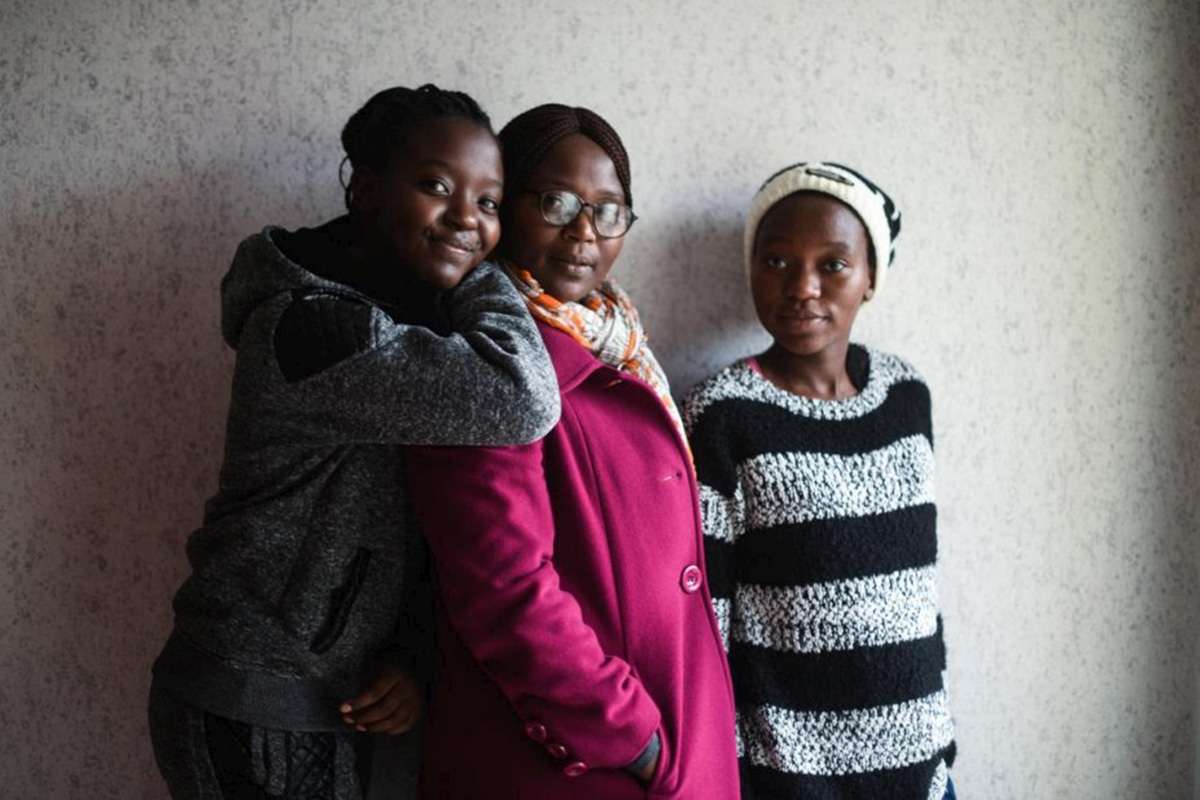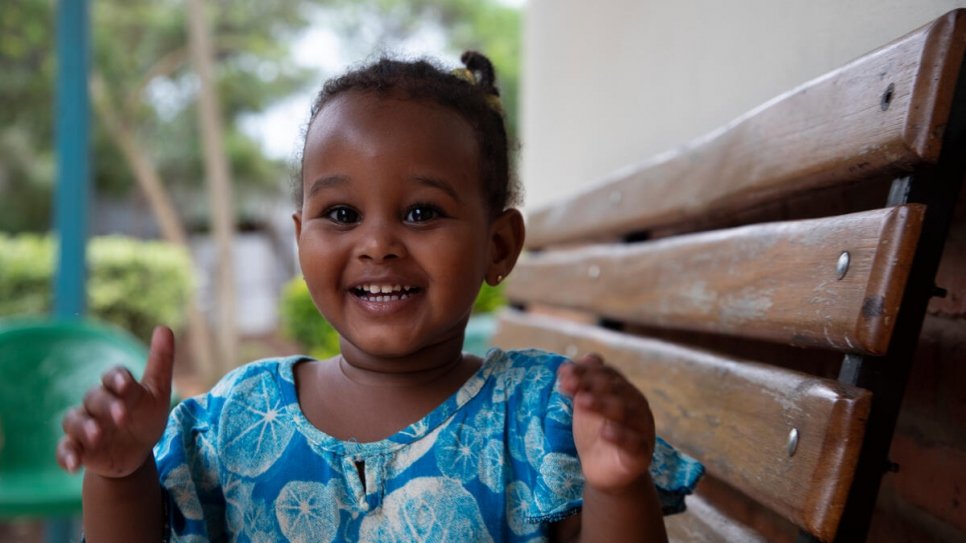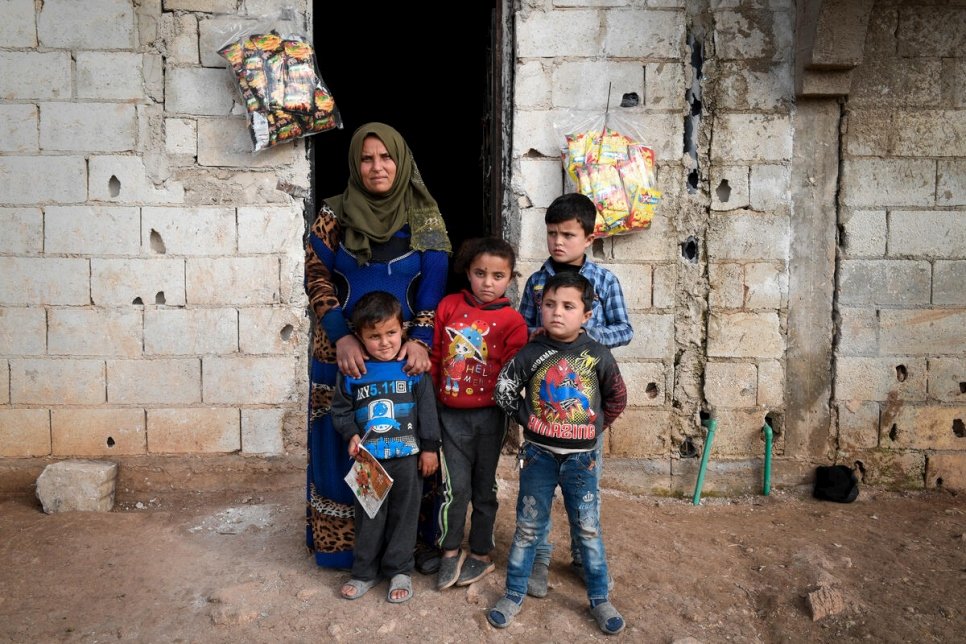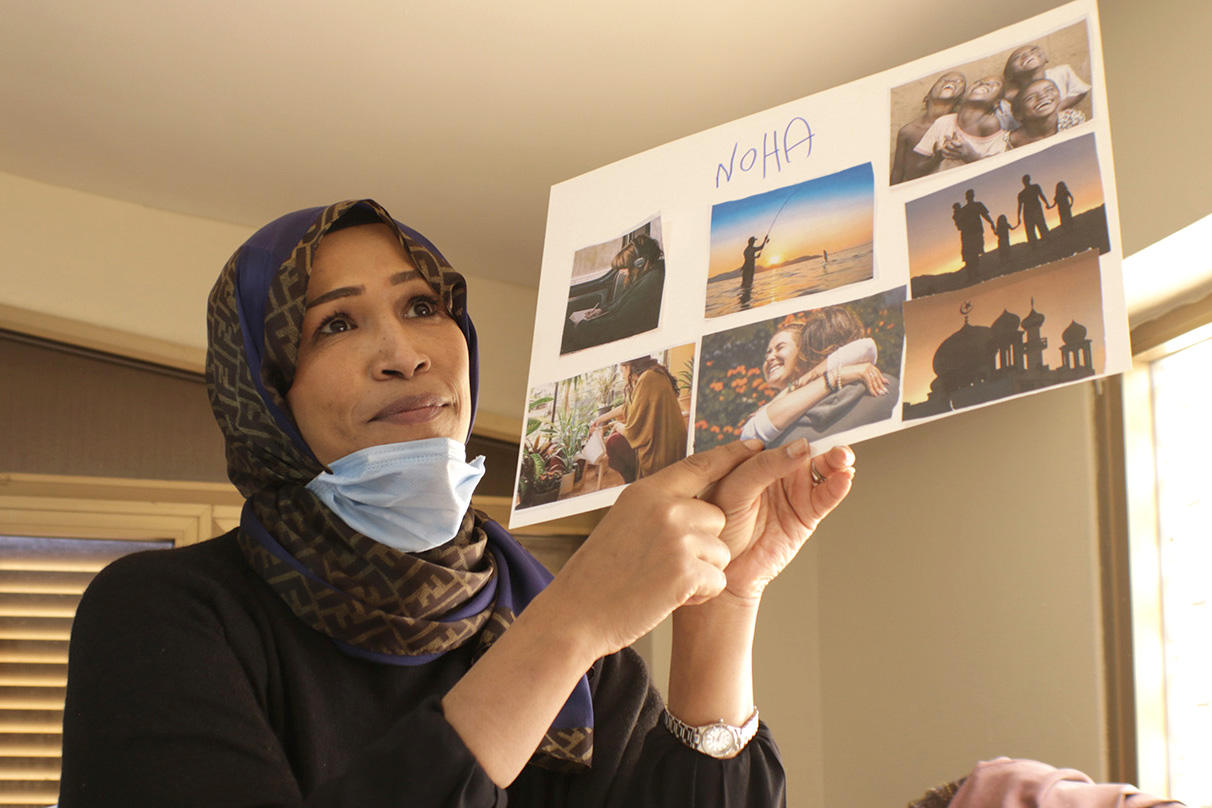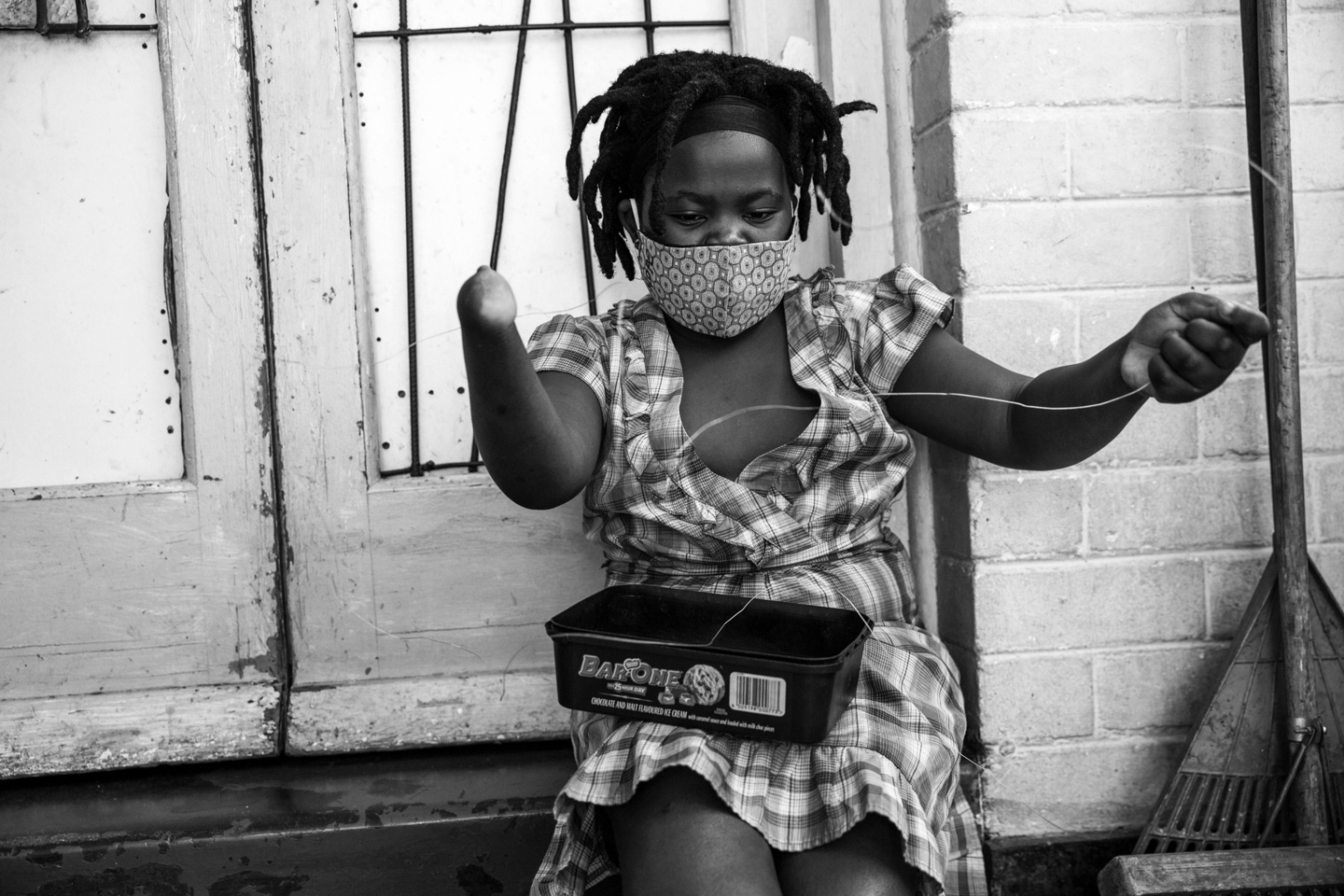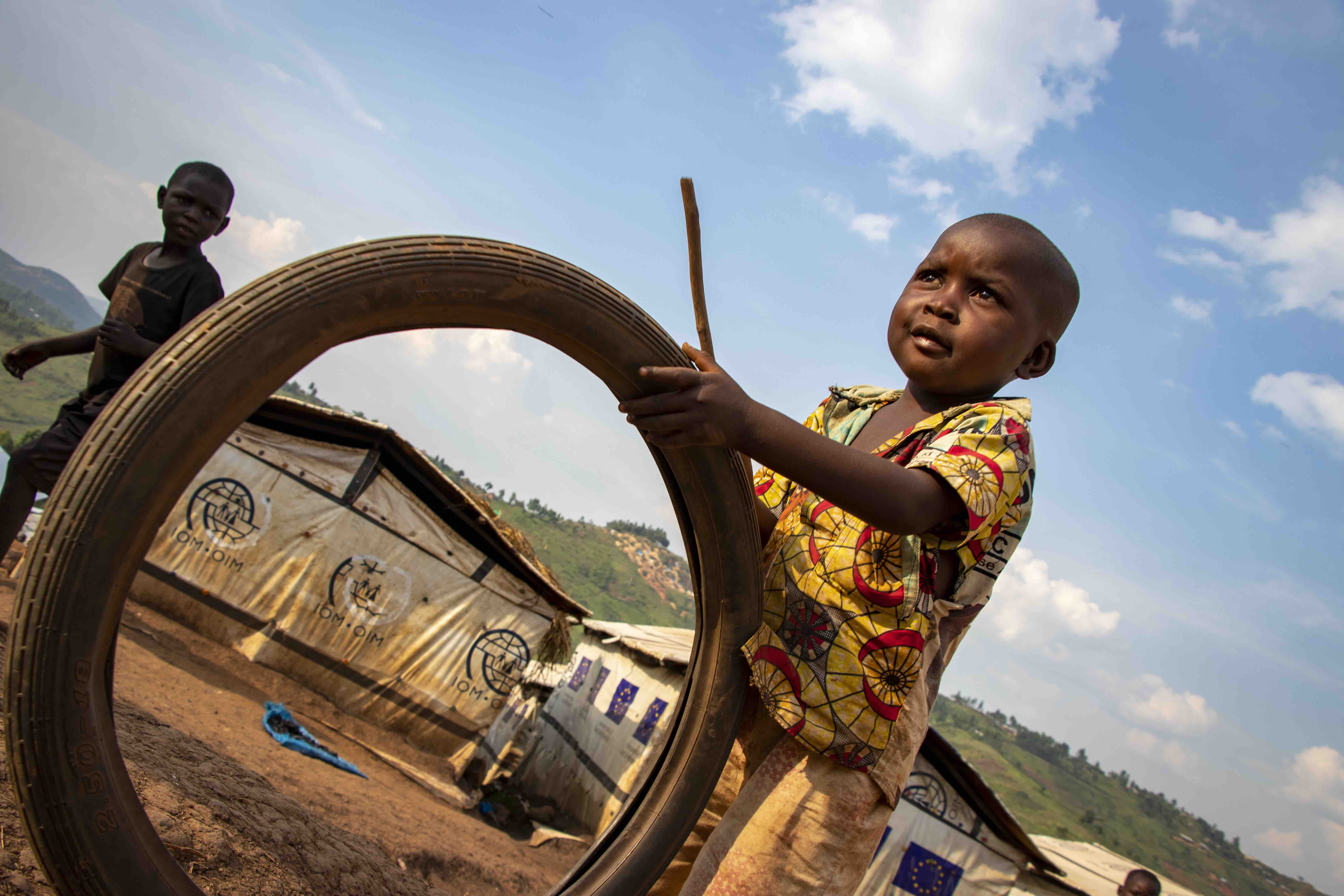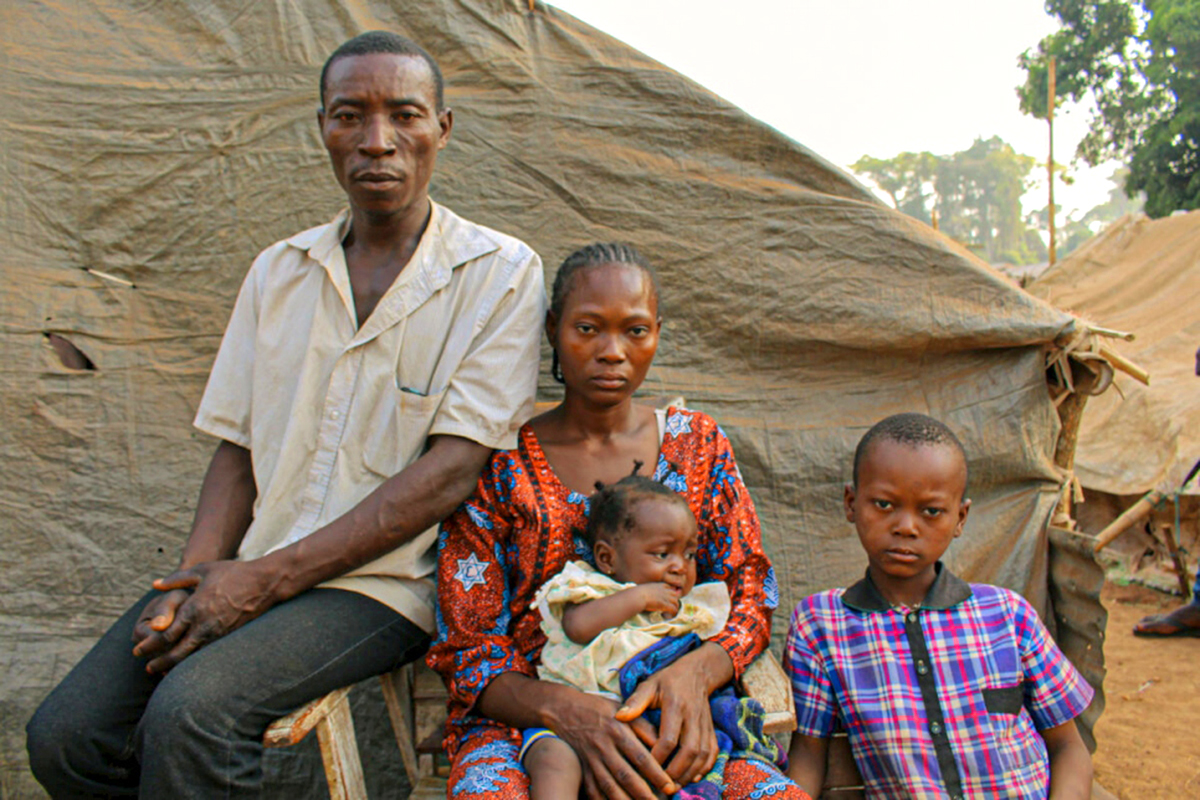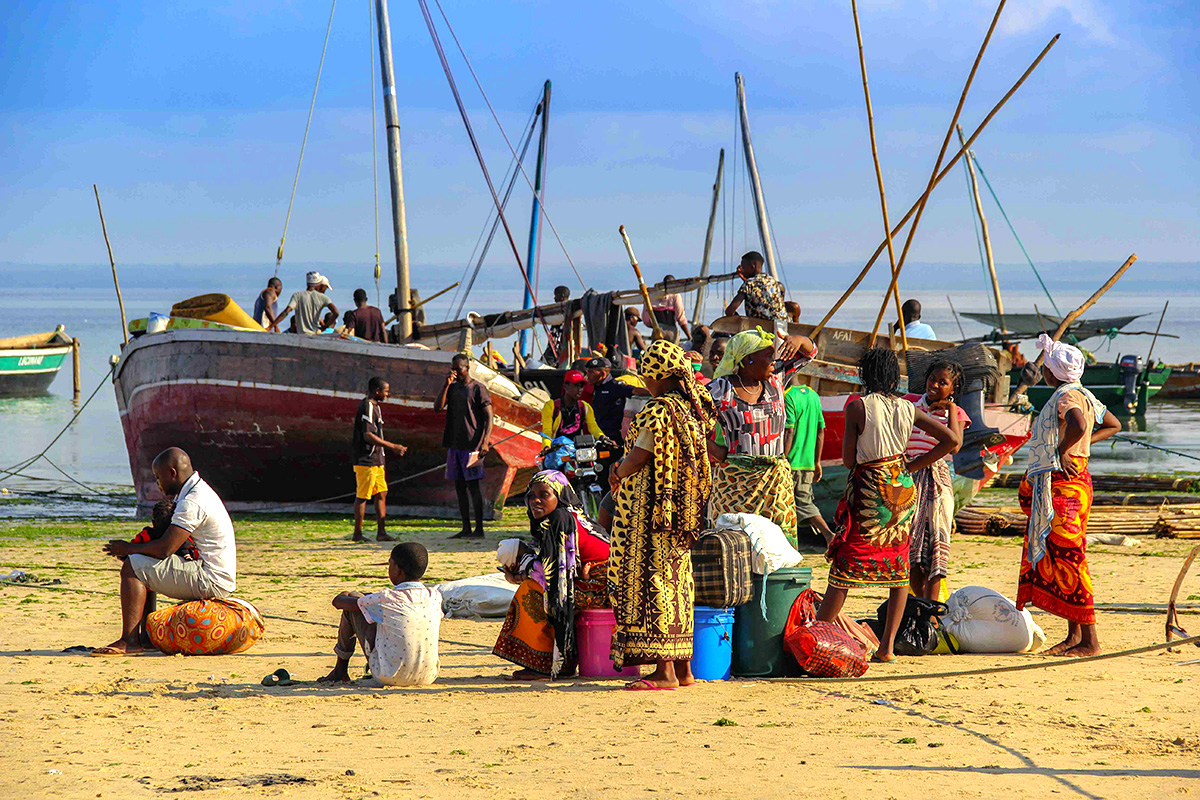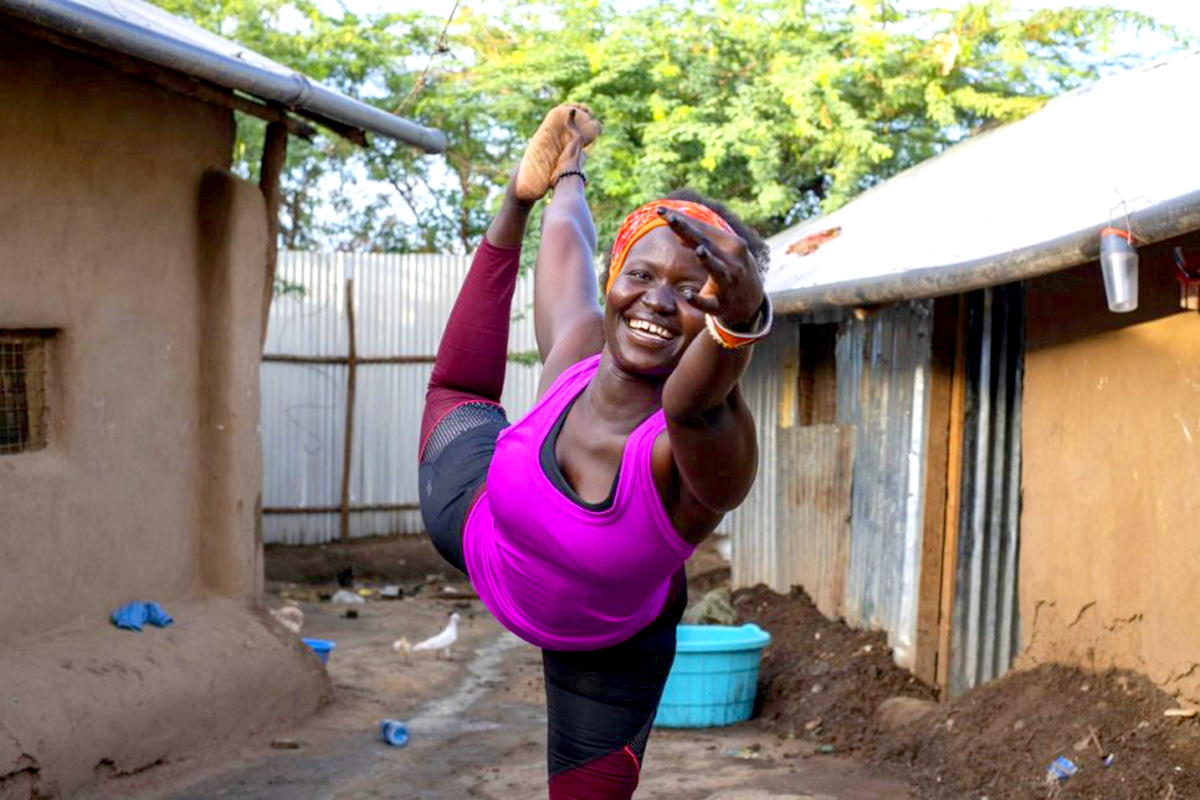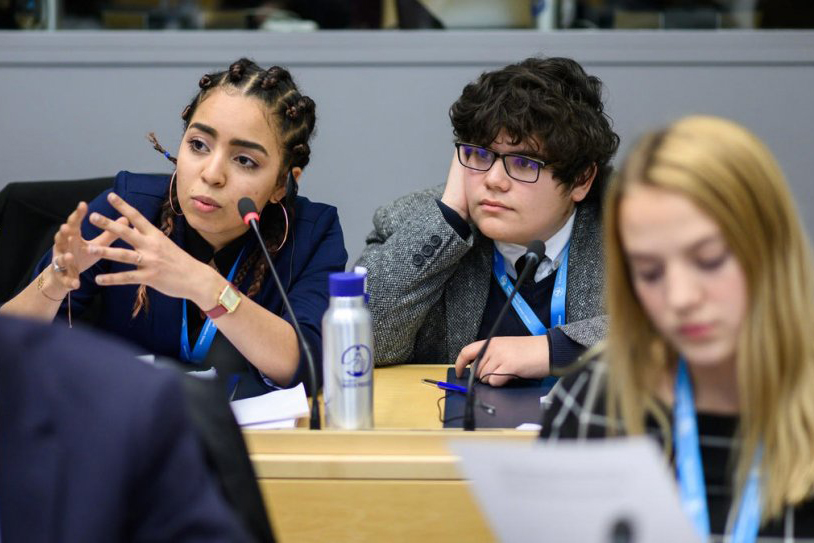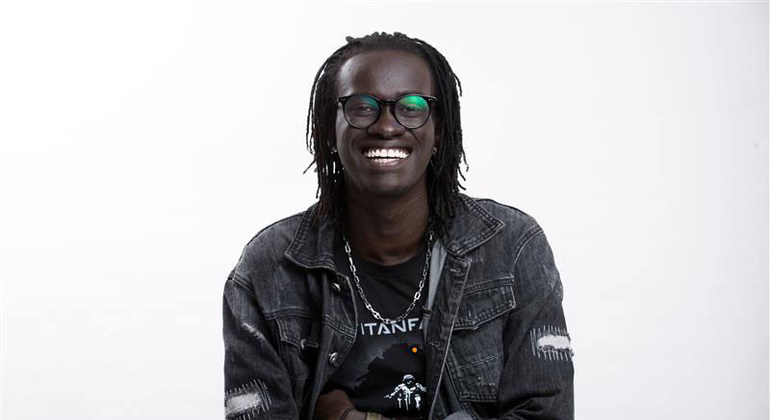There is little information on the situation of older persons on the move in the Latin American region. This regional evaluation is the first one to make a comprehensive analysis on the intersectionality between ageing and human mobility. The current situation of the COVID-19 pandemic is also analysed, including the worsening access to rights and services and the impact in their lives. With this report, HelpAge and UNHCR aim to cast light on the challenges and risks faced by older persons on the move so that actions are taken to ensure they are not left behind.
Displaced Persons and Refugees
A new study released today shows that 1.5 million people from nations driving major refugee movements were admitted by 35 OECD countries and Brazil on family, work and study permits in the decade just prior to the COVID-19 pandemic. The latest report by UNHCR and the OECD , titled “Safe Pathways for Refugees II”, examines admissions from 2010 to 2019 of people from seven countries propelling displacement: Afghanistan, Eritrea, Iran, Iraq, Somalia, Syria and Venezuela.
Grandi praises Rwanda for offering life-saving haven for refugees
‘The Journey’ is a calling for global support of the Refugee Teams competing at the Tokyo 2020 Olympic and Paralympic Games. The Refugee Olympic and Paralympic athletes have a story like no other. Their stories highlight the power of sport to rebuild lives and bring hope to those forced to flee.
Over the past decade, millions of Syrians have been forced to flee their homes in what remains the world’s largest displacement crisis. Over 5.5 million Syrians are living as refugees in neighbouring countries, and 6.7 million are still displaced inside the country, including an estimated 2.5 million children. Syria is also currently experiencing one of the worst socio-economic downturns since the start of the crisis. In the past year alone, the Syrian pound has lost three quarters of its value while the cost of food and other essential items has rocketed by more than 200 per cent. The onset of the COVID-19 pandemic has made an already dire situation worse.
As rains approach, the race is on to get aid to thousands seeking safety in a remote village in neighbouring Democratic Republic of the Congo. The insecurity and violence surrounding last December’s elections have forced over 100,000 people like him to flee – some into neighbouring Cameroon, Chad, the DRC and the Republic of the Congo, while around 100,000 people are displaced inside CAR. So far, UNHCR and its government partner have registered over 22,000 people and will update the population figures based on actual registrations.
In a data visualization project entitled ‘Livelihoods, food and futures: COVID-19 and the displaced,’ UNHCR collated statistics from numerous sources to shed more light on the effects of the pandemic on poor and vulnerable people. The storymap illustrates the drastic falls in levels of employment and income in within displaced communities since the onset of the pandemic. It also explores how families are coping to meet basic needs, in many cases forced to cut corners because of shrinking household budgets.
Comprising roughly half of the world's 272 million migrants, UN Women features migrant women as agents of change and leaders who contribute to their countries of origin and destination.
For most people, 2020 cannot end soon enough. The COVID-19 pandemic has killed nearly 1.8 million people and caused extreme hardship. As the year comes to an end and vaccinations begin, many are hopeful the virus can be contained. But the socioeconomic effects of the pandemic could be felt for years – especially in the world’s least developed countries, where most of the world’s forcibly displaced people live. The UN Refugee Agency remains hopeful. Forcibly displaced people have shown us what it means to be resilient, and what it takes to overcome a crisis.
At the beginning of 2020, UNHCR, the UN Refugee Agency, challenged students to tackle issues related to forced displacement during their debates. The reward? Getting their best ideas shared with policy-makers. More than 20,000 students in 75 countries accepted the MUN Refugee Challenge. They collectively drafted “resolutions” which were reviewed by a panel of experts and young refugees. Here’s a summary of the winning ideas and some of the thinking behind them.
Irrepressible comedian AK Dans was born in the world’s largest refugee camp, Kukuma, in Kenya, after his mother fled South Sudan in the 1990s.


